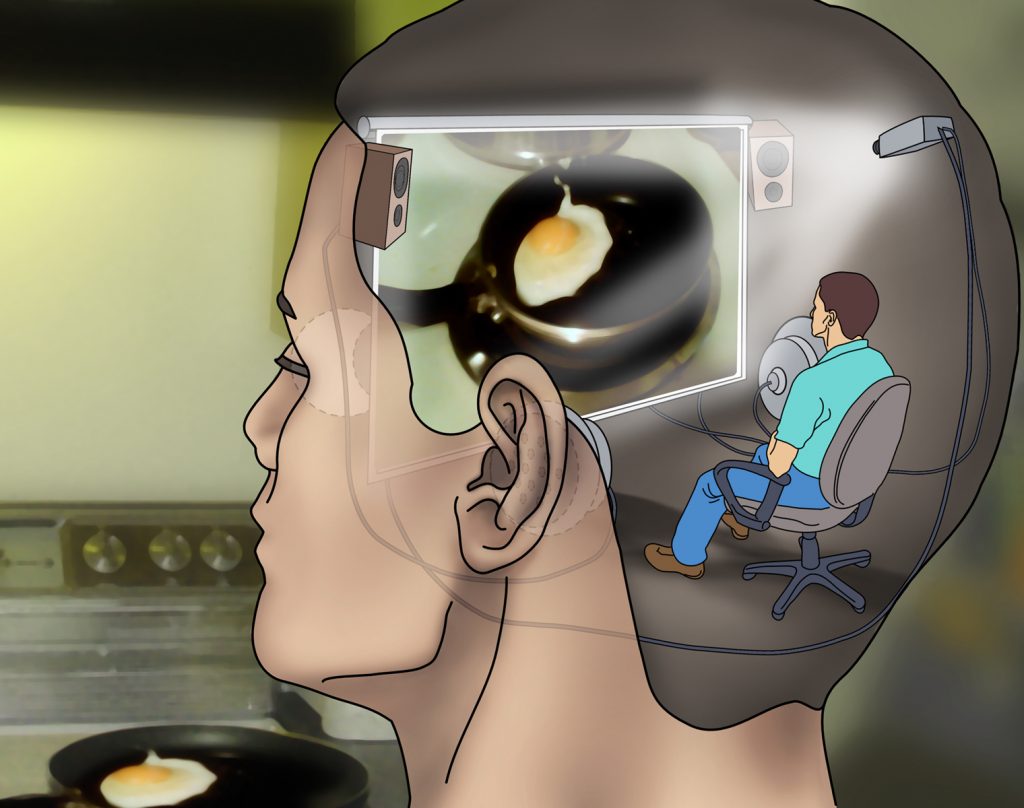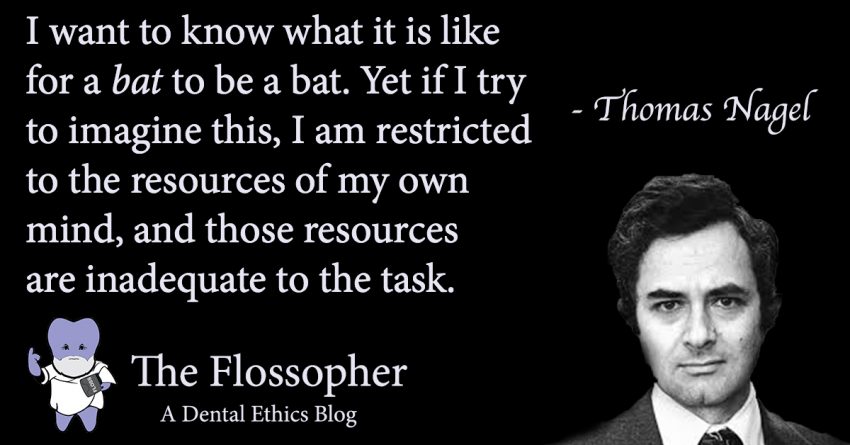Mindfulness
Mindfulness is a psychological and spiritual perspective that helps people to relieve anxiety and depression through more thoughtful examination of one’s thought processes and lifestyle. From a philosophical perspective, I hope to outline the rational foundations for one aspect of “negative” thinking: mind reading. We will explore the epistemological and the practical issues with mind reading in this article.
Anxiety is racing thoughts and depression is often associated with negative thinking about oneself and future prospectives. One is often hit with thoughts such as “my teeth do not look white enough,” “getting my tooth pulled out will hurt so much,” etc. Giving weight to these thoughts can accompany feelings of stress or sadness and immobilize people from activities. Dr. Daniel Amen coined the term “Automatic Negative Thinking” to characterize these patterns of thoughts accompanying anxiety and depression.

One way negative thoughts come to us is through guessing how people think of us and analyzing how social interactions went. “He must be upset with me” or “she didn’t like me” can lower our self-esteem and make us worry about past events even when the moment is gone. It is important to acknowledge that a thought shouldn’t be dismissed just because it is negative. This would be self-deluding oneself into optimism. Wearing rose-tinted glasses can often blind us from real problems and prevents us from growing.
Read My Mind – The Killer
Humans are wired to be empathic. We place ourselves in other’s shoes and make heuristic judgements about how people are feeling and thinking. Someone might make a sad facial expression or have withdrawn body language after conversation. Our brain signals to us what someone may be experiencing to clue into how social interactions are going. I might notice that a patient feels uneasy by her body language and a quick shift in the tone of my voice or a quick joke might make her at ease. These heuristic guesses are processed by the brain quickly and allow for smooth human interaction.

It is important to understand that heuristic brain processes are merely guesses. We have evolved to look sad so others can pick-up how interactions are going. However, if a patient leaves with a sad expression at the end of the appointment, it doesn’t mean that they were sad about the appointment. They could just be having a bad day or remembering they have to go back to work. We can get thoughts that we upset a person but they we’re upset at all. We would have a negative pattern of thinking that would stress us and make us feel bad for no actual reason.
In philosophy, this epistemological awareness is made aware in the discussion concerning the “problem of other minds.” When we try to work another’s shoes, we aren’t obtaining direct access to the experience or mental states of others but predicting from external behavior the associated feelings of our own minds. This paradox is outlined in Thomas Nagel’s “What is it like to be a bat?“. People do not have the same memory associations, the same experiences, the same moral compass, or the same neural pathways. We might be the same kind of person but we can never have access to the first-person perspective or consciousness of another being. We cannot be a different person, so we cannot experience how they do. It is important to understand that we can never really know what a person feels after a social interaction.
Noting vs Rational Judgement
Negative thoughts can have strong effects upon us. One method of reducing their power on us is through mediation techniques such as noting or rational judgement. Noting involves recognizing a thought, not judging it for its negativity or falsity, and simply returning to a breathing exercise as you move on to another thought passively. Rational judgment involves activity analyzing a thought for its truth. A thought that is true is appreciated and a false one dismissed.
Noting has the benefit of reducing racing thoughts altogether, though the mechanism is not understood. While repeating positivity aspirations causes us to dismiss any negative thought as false replacing it with any old positive thought (rose-colored glasses), noting calms the mind without necessarily dismissing thoughts. The problem is that if we cannot make judgment we cannot learn from true positive reinforcement or true criticisms.

Rational judgement has the benefit of helping improve one’s behavior through constructive self-critique and dismiss negative thoughts as speculative imaginations. Thoughts don’t have power over us because we acknowledge they are merely thoughts coming from our brain but not actually negative beliefs we actually hold. It is important to first acknowledge that we cannot know what another person experiences. While empathy can be a quick guide to improve the flow of social interactions, it cannot be a reliable method for revisiting past events. We cannot worry we saddened others because we must also acknowledge that could have also done nothing wrong.
Summary
Mindful attention to our actions keeps us from trapping ourselves in the past or worrying about the future. We can only take one moment at a time. It is best to stick to interactions in the present moment, not the past or in the future. We cannot know how people felt or will feel in the future. We can simply ask how people feel when we next meet them. We can change our behavior if we actually upset them or we can resolve our internal paranoia. It is important to keep realistic expectations and not consider ourselves to be mind readers.
Author
Dr. Vishnu Burla, DDS, BA Philosophy
Further Reading
Intro to Dental Ethics for an introduction to metaphysics and epistemology.
Mindfulness for an introduction to the philosophical foundations of mindful thinking.

Facebook Comments